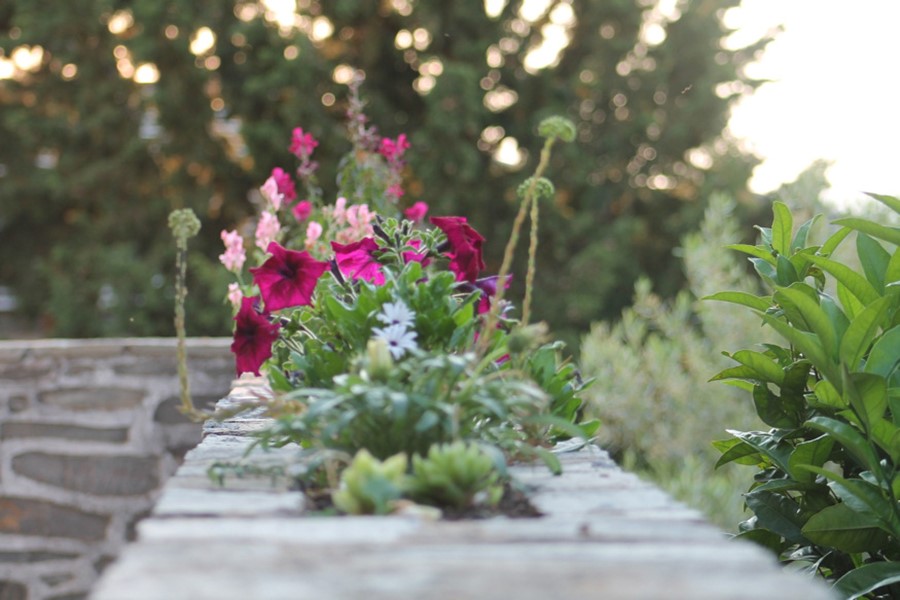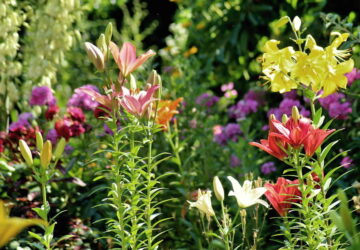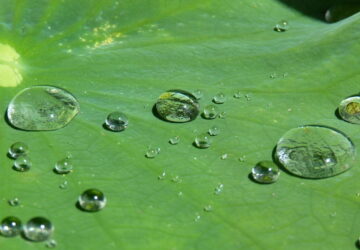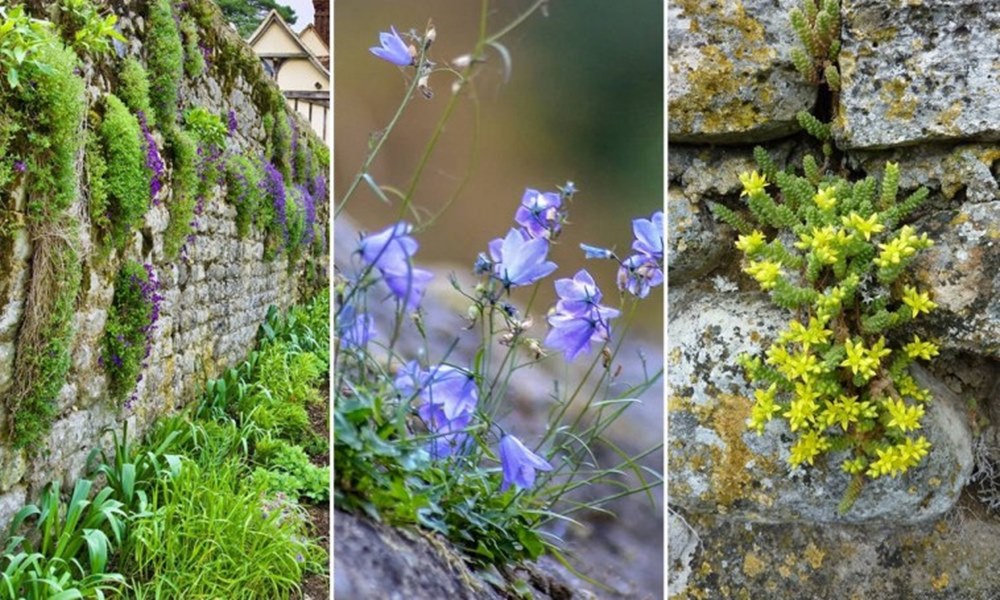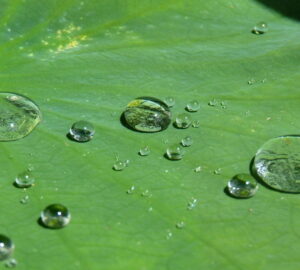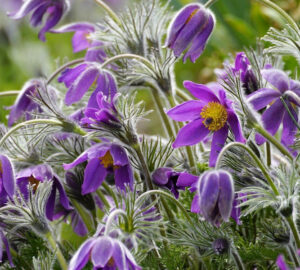Dry stone walls, crafted from natural stone, possess a timeless beauty that harmonizes with the environment. However, to fully unlock their ecological and aesthetic potential, these walls should not remain barren. In the crevices and gaps of dry stone walls, you can introduce a variety of plant species that thrive in arid conditions, transforming your wall into a living work of art. In this guide, we’ll explore the best plants to grace your dry stone wall and share tips on how to cultivate them for a thriving, picturesque result.
Selecting the Right Plants
When choosing plants for your dry stone wall, it’s essential to opt for species that can endure low water availability. Here are some excellent options:
1. Rock Garden Gems
- Houseleek (Sempervivum): This resilient succulent adds a charming touch to your wall.
- Stonecrop or Orpine (Sedum): With its fleshy leaves, Sedum is both drought-resistant and visually appealing.
- Saxifrages or Rockfoils (Saxifraga): These delicate plants create a lovely contrast against the stone backdrop.
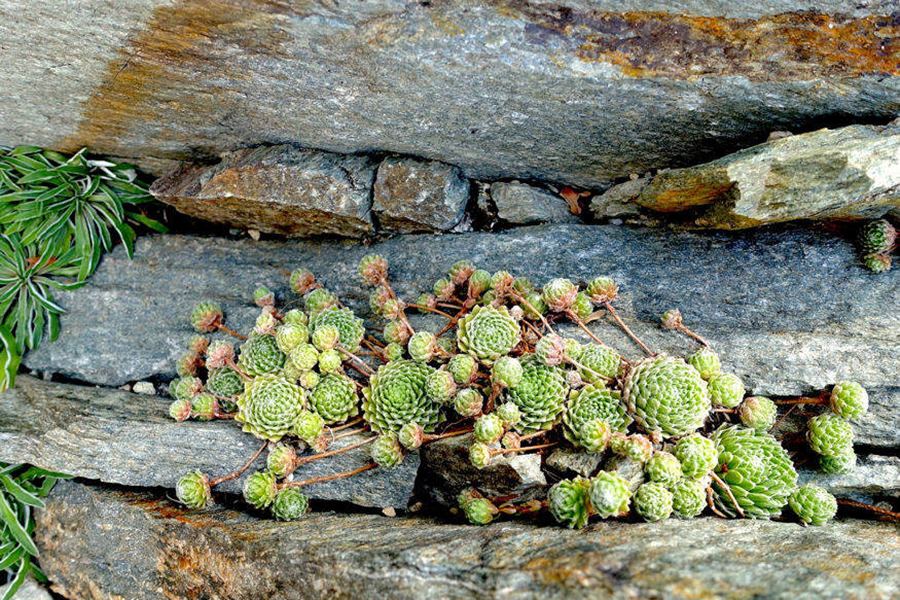
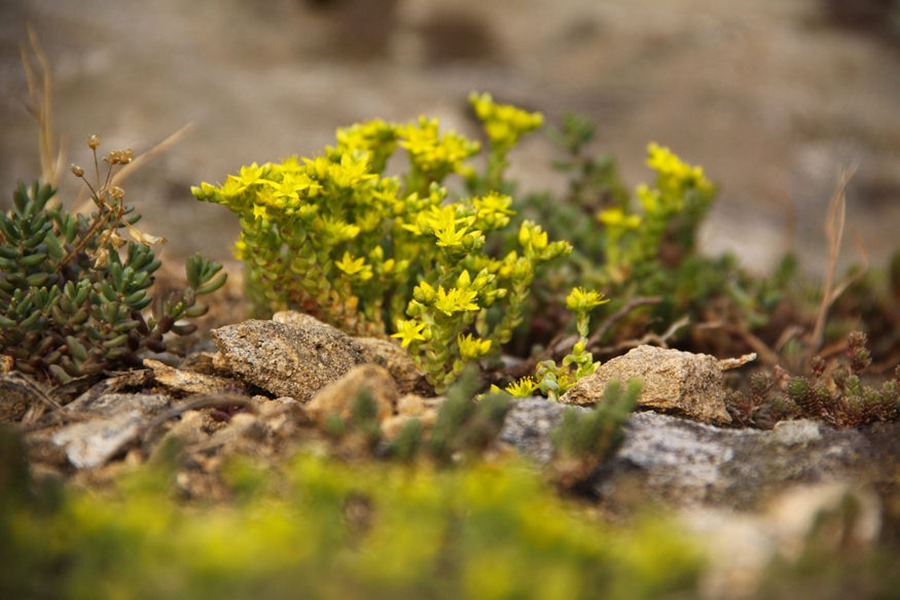
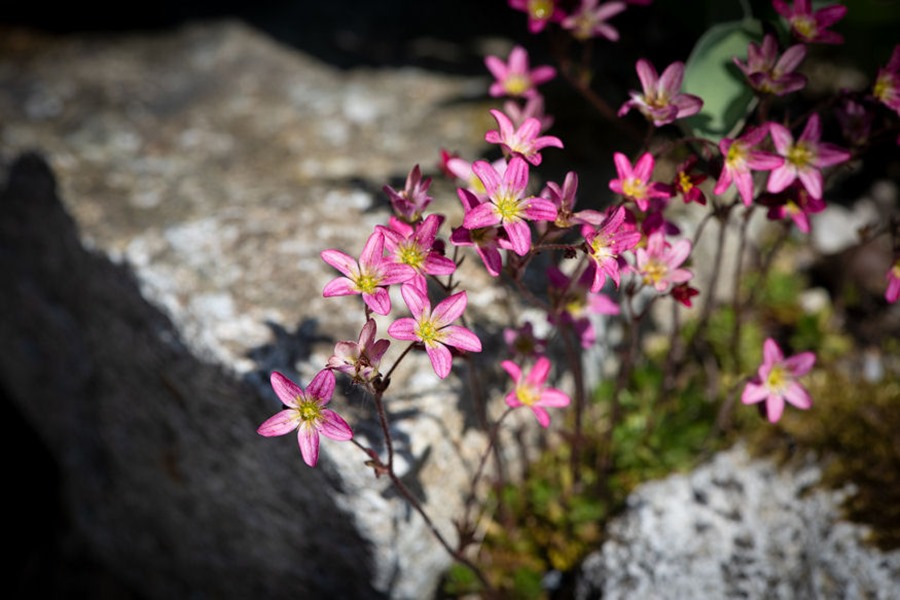
2. Blossoming Beauties
- Earleaf Bellflower or Fairy’s-Thimble (Campanula cochleariifolia): These petite blooms bring a touch of enchantment to your wall.
- Wood Pink (Dianthus sylvestris): Known for its stunning appearance, this flowering plant complements the rugged charm of the wall.
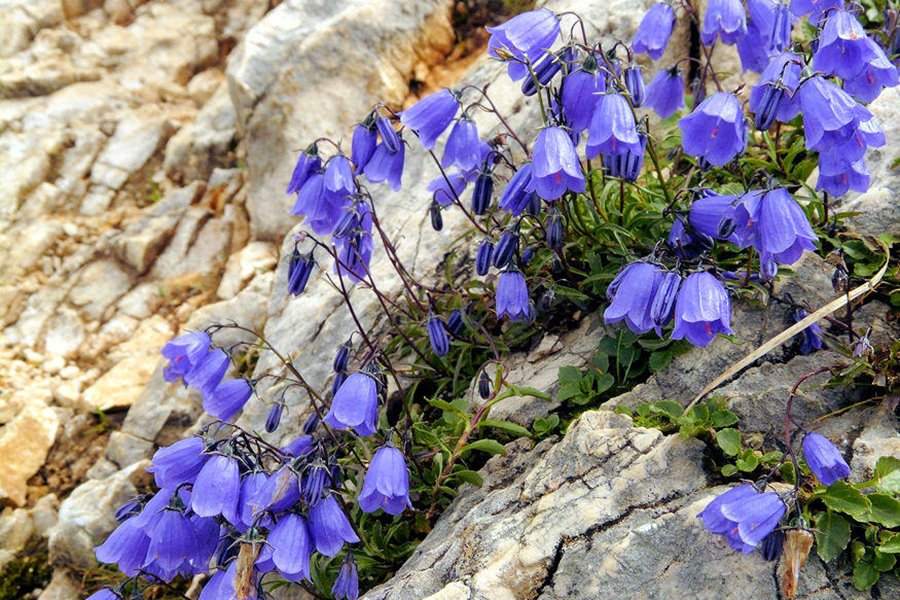
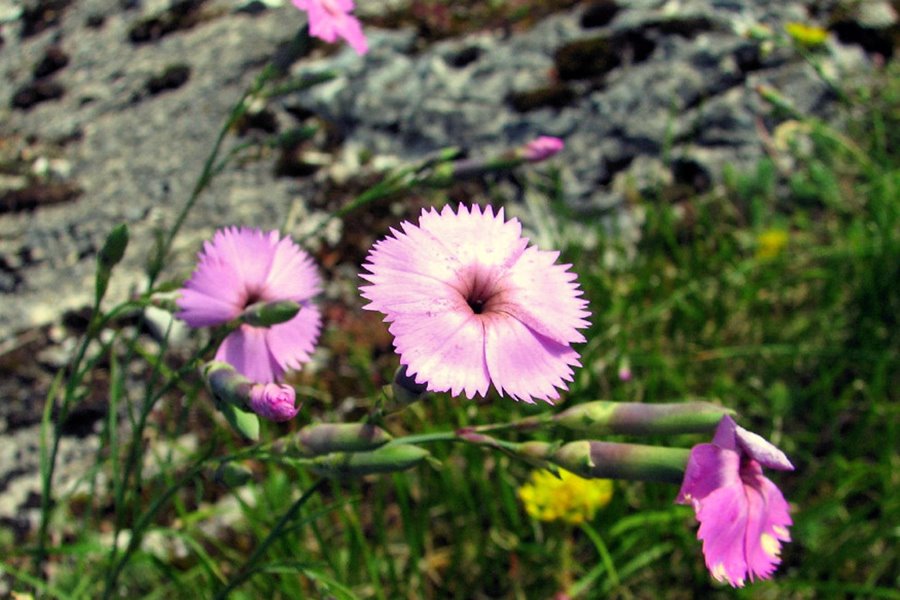
3. Shade-Friendly Choices
- Yellow Corydalis (Corydalis lutea): Ideal for the shadier, northern side of your wall.
- Maidenhair Spleenwort (Asplenium trichomanes): Thrives in low-light conditions, enhancing the wall’s biodiversity.
- Mouse-Ear Chickweed (Cerastium), Candytuft (Iberis) and Ivy-Leaved Toadflax (Cymbalaria muralis): These plants thrive in more humid areas of the wall.
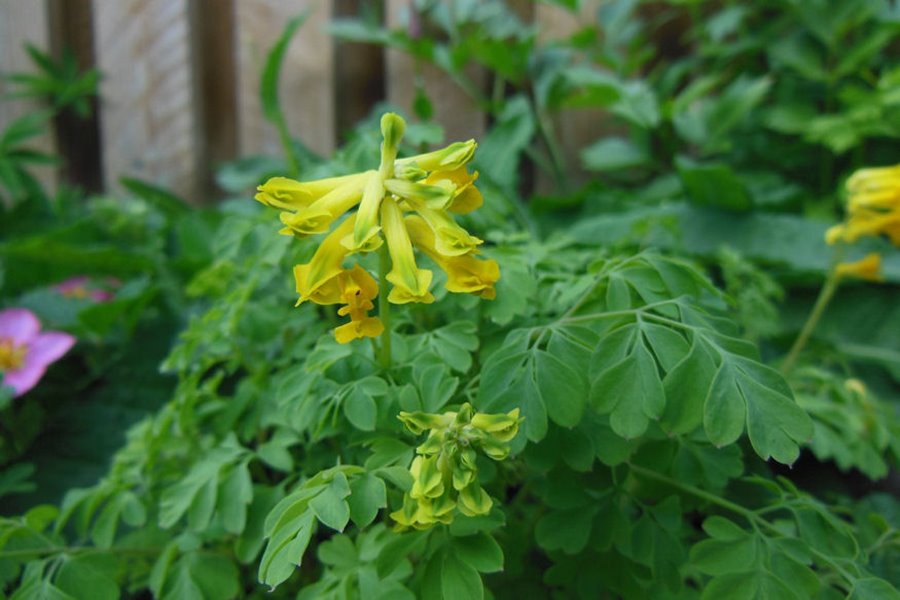
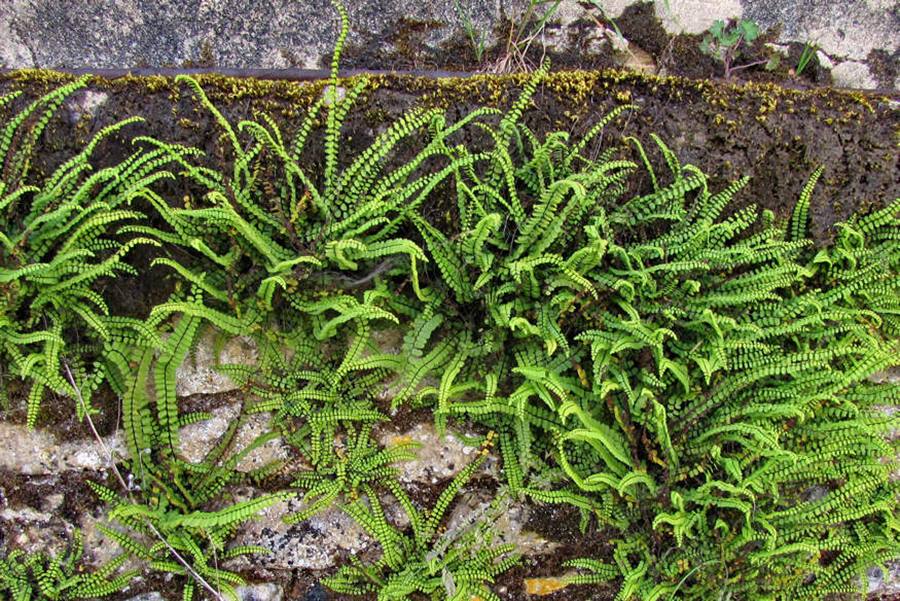
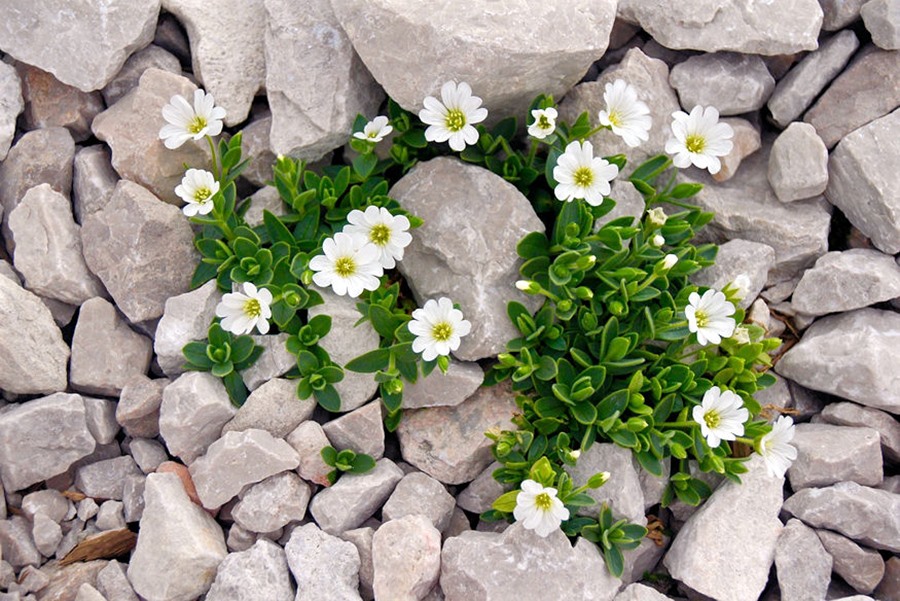
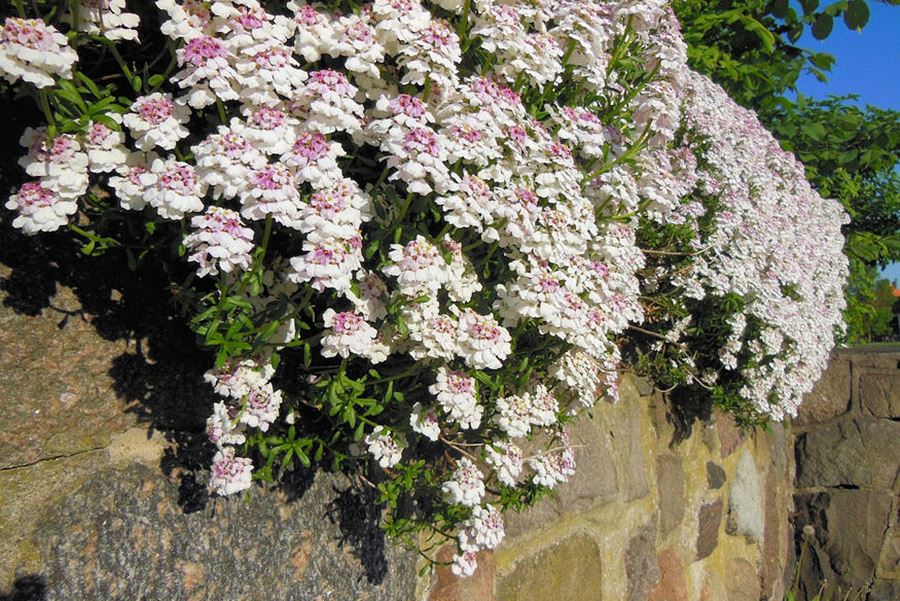
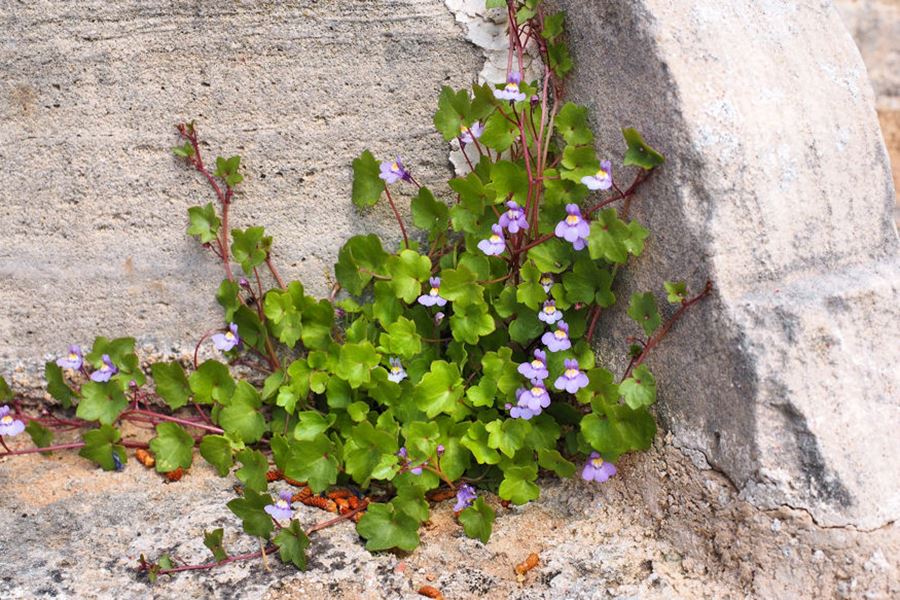
4. Top-of-the-Wall Wonders
- Sweet Alyssum (Alyssum): With its yellow blooms, Alyssum cascades gracefully from the wall’s peak.
- Moss Phlox (Phlox subulata): Boasting pink flowers, this creeping plant adds a splash of color.
- Purple Rock Cress (Aubrieta): Its vibrant purple flowers create a stunning contrast against the stone.
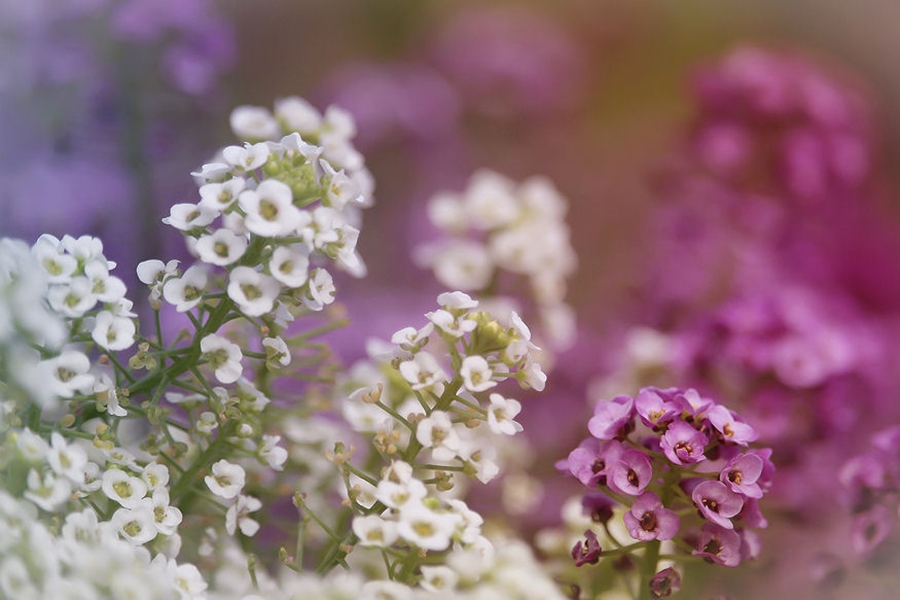
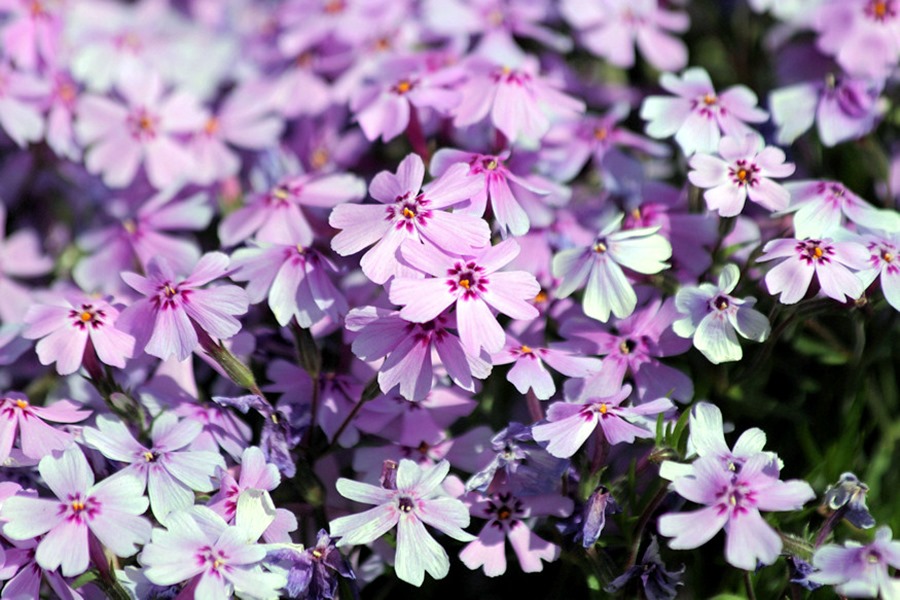
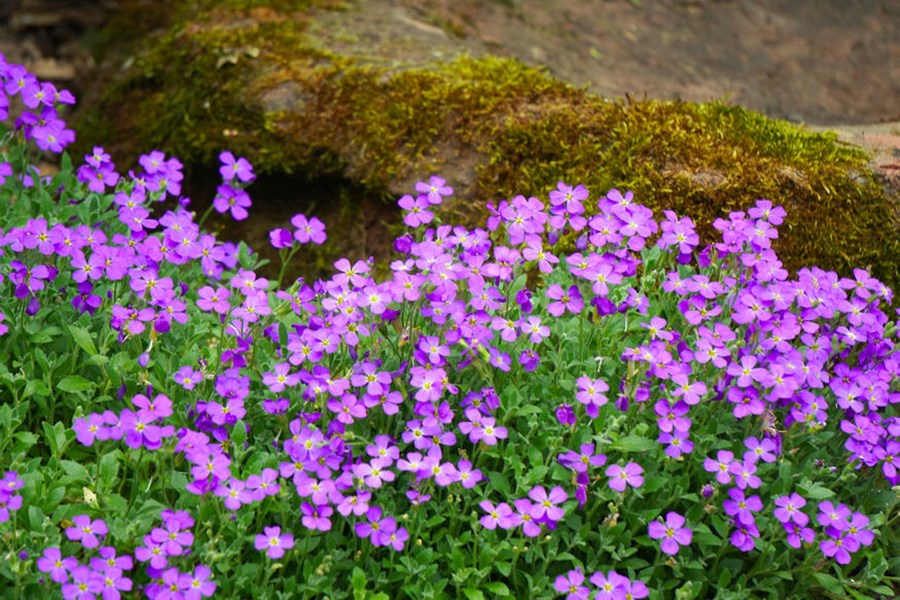
Planting Tips
For a successful dry stone wall garden, consider these steps:
- Prepare During Construction: As the wall is being built, add some soil into the gaps, compacting it firmly before placing the next row of stones. This soil acts as a growth medium for your plants.
- Create Habitat: Leave sufficient space for small animals like beetles and lizards, promoting biodiversity.
- Planting Time: You can introduce plants into your stone wall from March to September. Emulate nature by filling gaps and cracks with stonecrop and similar species.
- Planting Methods: While most plants can be nestled directly into the crevices, those with root balls should be strategically placed within the wall as it’s constructed.
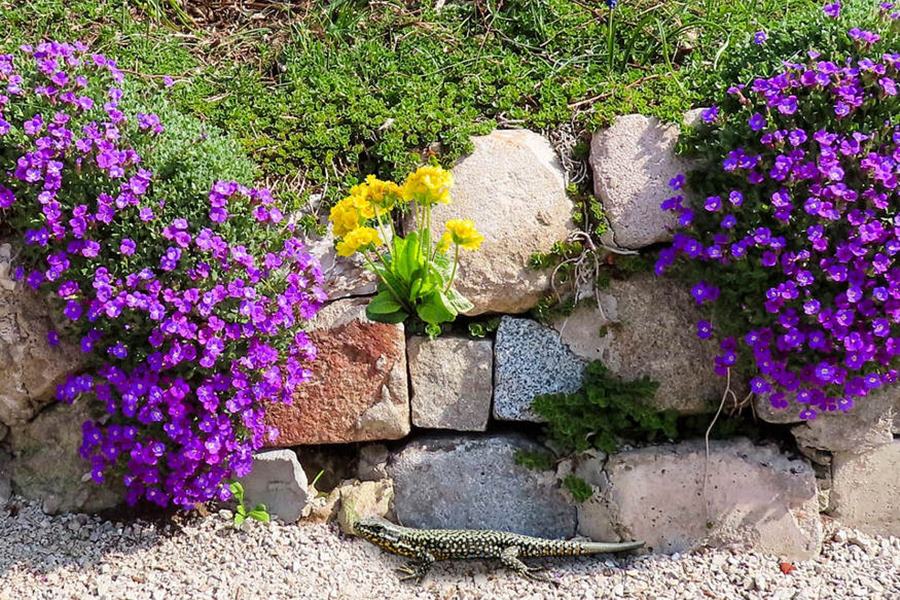
By following these guidelines, you’ll not only enhance the beauty of your dry stone wall but also create a thriving ecosystem that welcomes various flora and fauna.
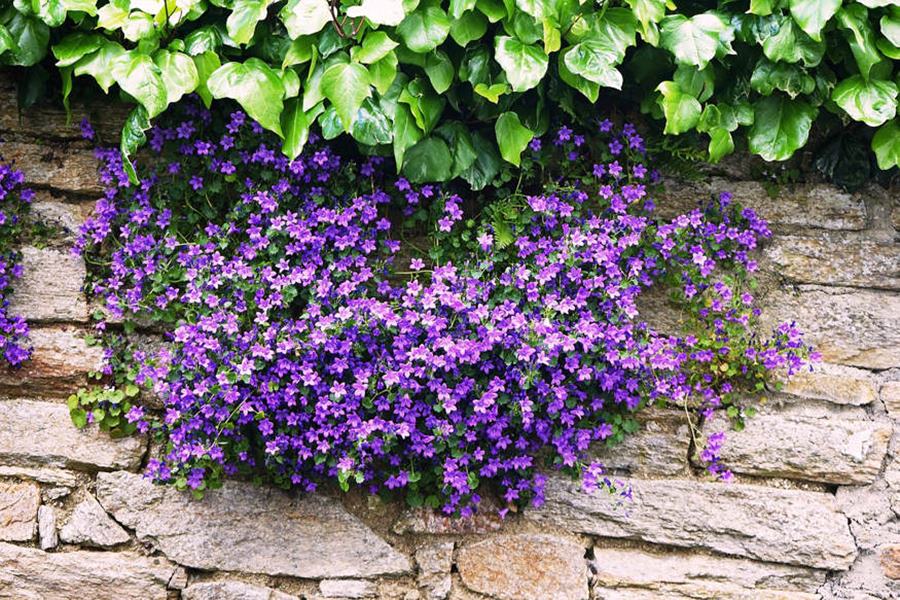
Conclusion
Dry stone walls are not just utilitarian structures; they can be transformed into stunning showcases of nature’s resilience and beauty. By carefully selecting and nurturing the right plant species, your dry stone wall can become a living testament to the marriage of human craftsmanship and the natural world, creating a tranquil oasis for both you and local wildlife to enjoy. So, roll up your sleeves, gather your plants, and embark on this rewarding journey to elevate your garden’s aesthetics and ecological value. Your dry stone wall will thank you with timeless charm and a burst of life.
